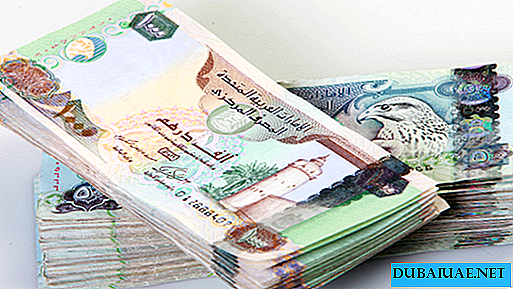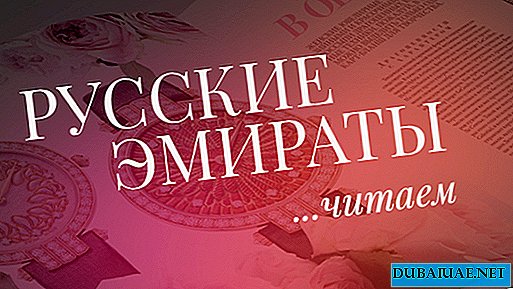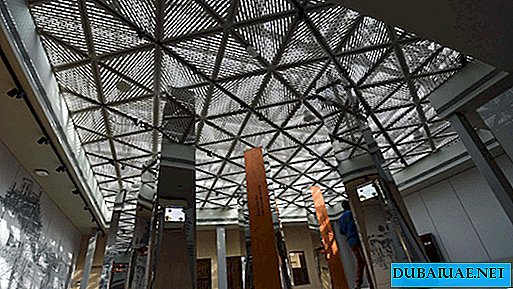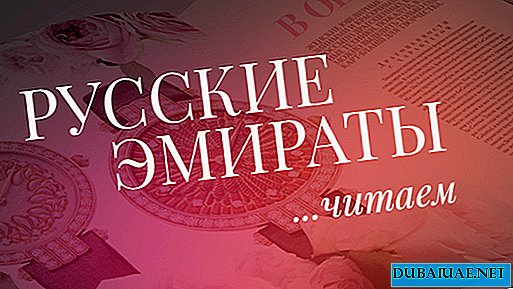 Jewels and the weaker sex are two inseparable concepts - especially when it comes to women of the East. It is enough to recall the vivid and exciting performance of belly dance beloved by tourists. When you look at the jewelry sparkling and ringing to the beat of the dancer’s movements, involuntarily come to mind the description of the treasures from the tales of “1000 and one night”. Today, the story will be about traditional Bedouin jewelry.
Jewels and the weaker sex are two inseparable concepts - especially when it comes to women of the East. It is enough to recall the vivid and exciting performance of belly dance beloved by tourists. When you look at the jewelry sparkling and ringing to the beat of the dancer’s movements, involuntarily come to mind the description of the treasures from the tales of “1000 and one night”. Today, the story will be about traditional Bedouin jewelry.
Written references to gifts given by the leaders of nomadic tribes to the rulers of Assyria and Mesopotamia (as well as excavations of pre-Islamic burials conducted on the territory of the Persian Gulf) indicate: Arabian cattle breeders have made gold and silver items since ancient times. It is difficult to establish the exact time of the emergence of nomad jewelry; however, relying on the findings made, it can be said that the secrets of making jewelry were known to these tribes five centuries before the adoption of Islam.
The nature of the objects found indicates close ties between the coastal inhabitants and Indian and Romano-Greek culture. Although the Arabian style arose before the adoption of Islam, its traditional system of ornaments was inspired specifically by Muslim aesthetics. Therefore, jewelry in this style is a separate area and can be considered as Bedouin jewelry art.
Traditionally, nomads made silver jewelry, usually using coral, agate, pearls or turquoise. For many reasons (in particular, due to oxidation), silver jewelry of this time practically did not survive. Gold items, by contrast, have survived to this day and are available for study. They make it possible to judge about silver products, often having analogues of gold.

Another difficulty in the study of silver products is that rarely which of the silver jewelry lived for more than half a century. After the death of the owner, it was usually melted and sold as precious metal or converted into new products. Jewelry was considered the property of a Bedouin woman, was handed to her as a dowry, so it was unacceptable to use them as a gift to a new bride.
In addition, silver is a soft metal, so sooner or later jewelry worn out. In the past, they were used not only by women, but also by men, whom the Islamic tradition does not allow to wear gold products.
Arabian artisans still produce traditional Bedouin jewelry; but the old masters are leaving, and the younger generation is not in a hurry to replace them. This, as well as the growing popularity of gold, explains the disappearance of traditional silver bracelets. However, the ancient methods used for their manufacture remain unchanged: even modern technology cannot successfully copy delicate filigree work and fine detail.

Now let's go back in time and imagine how the life of the Bedouins went. This will allow us to better understand what role jewelry played in it. Because of their low weight and volume, they served the nomadic peoples as an ideal means of preserving and accumulating capital.
Nomads spent the hottest months of the year near a few oases. A rare short-term rainfall could transform part of the desert. Having received precious moisture, the seeds of plants sprouted. Completely dehydrated sands would remain uninhabited if not for Bedouin tribes wandering in search of pasture. As already mentioned, Bedouin's savings were invested in livestock and silver jewelry. Jewelry was sometimes used in exchange relations. This happened in the markets of cities lost in the desert.
The central market (souq) was usually a temporary camp where the Bedouins could exchange sheep and camels for coffee, tea, rice, and other necessary things. In remote rural areas, such fairs were usually held only once a week, and on different days, so that they could be regularly visited by merchants. Despite the existence of money, barter exchanges remained commonplace.
Although the nomads immortalized the traditional style of jewelry, they themselves did not make jewelry. This was mainly done by the sedentary inhabitants of the desert, living in oases and coastal cities. They made jewelry and handicrafts. Their traditional occupations were sewing, embroidery, dyeing fabrics, weaving from palm leaves, making pottery, working on leather, wood and metal. Blacksmiths and chasers made daggers, utensils for cooking and silverware.
Such items were rarely exported. Over the sea was mainly tanned leather and dates, as well as corals, fish and pearls. However, with the advent of cheap imported goods and the beginning of the oil era, all these traditional occupations fell into decay, having survived only as part of programs to preserve the region's cultural heritage.
One of the most important functions of jewelry was their use in marriage. Part of the dowry (known in Arabic culture as mahr), according to tradition, consisted of jewelry and was relied to the wife in case of divorce.
Traditionally, Bedouin marriages were made within the same clan by agreement between the parents of the bride and groom. In the process of negotiations, the future husband paid a certain amount to the future father-in-law. Part of this payment went to the purchase of wedding clothes, household items for a new home, livestock and jewelry. It was a contribution to a future happy family life.
The bride’s father went to the nearest town to a craftsman to buy gold (and not only) handmade jewelry, spending a certain percentage of the dowry on this. Jewelry could be bought from visiting merchants, and some large tribes had their own jewelers. The number of items purchased should have been approximately the same as at the neighbor’s last wedding, but the price of the jewelry could vary greatly depending on the silver content. Jewelers made jewelry, varying in price and quality, to satisfy buyers of any income.
The marriage looked like a kind of civil contract drawn up by the fathers of the bride and groom and "certified" by the sheikh of the tribe in the presence of two witnesses. At this time, the groom offered a dowry as a guarantee of his honest intentions. Silver jewelry, according to Muslim custom, passed to the bride, denoting her new status as a married woman. Since the jewels were the wife’s full property, she always had the right to sell them — in other words, they guaranteed her financial security. A less practical, but no less important function of jewelry was their decorative role, which the Arabian woman appreciated, like any other.
The Bedouin woman acquired most of the jewelry during marriage. It was considered desirable for a girl to marry before the age of sixteen; boys usually married between sixteen and eighteen years old. Beauty and pleasant disposition were appreciated in the bride, however, the prestige of her family also played a role. The basis of a successful marriage was considered a high social status and a good financial situation of the newlyweds. It was believed that their affection for each other should grow out of marriage, and not precede it. It was also important that the bride was innocent before marriage and a devoted wife afterwards; otherwise she brought shame on herself and her parents.
The celebration of the wedding was usually divided into two stages. It began in the house of the bride's parents, where the newlyweds lived for several days, and ended in the house of the groom's family, where the couple subsequently had to live. Sometimes they settled separately from the husband’s parents, but still in the immediate vicinity of their home.
Men and women feasted separately. The celebration at the bride's house included music, dancing and singing, as well as a festive dinner for which some animal was slaughtered.
When it was time for the bride and groom to leave her mother’s house, her groom’s friends and relatives accompanied her to a new house, where the fun renewed with even greater force.
Throughout the ceremony, the bride was on a special platform so that everyone could see her wedding dress and jewelry, and she could welcome guests presenting gifts. If the bride’s parents did not have the right amount of jewelry, they took them from their relatives for a while, so that at the wedding the daughter was presented in all its splendor.
Continued in the next issue.
Dmitry Kuznetsov











